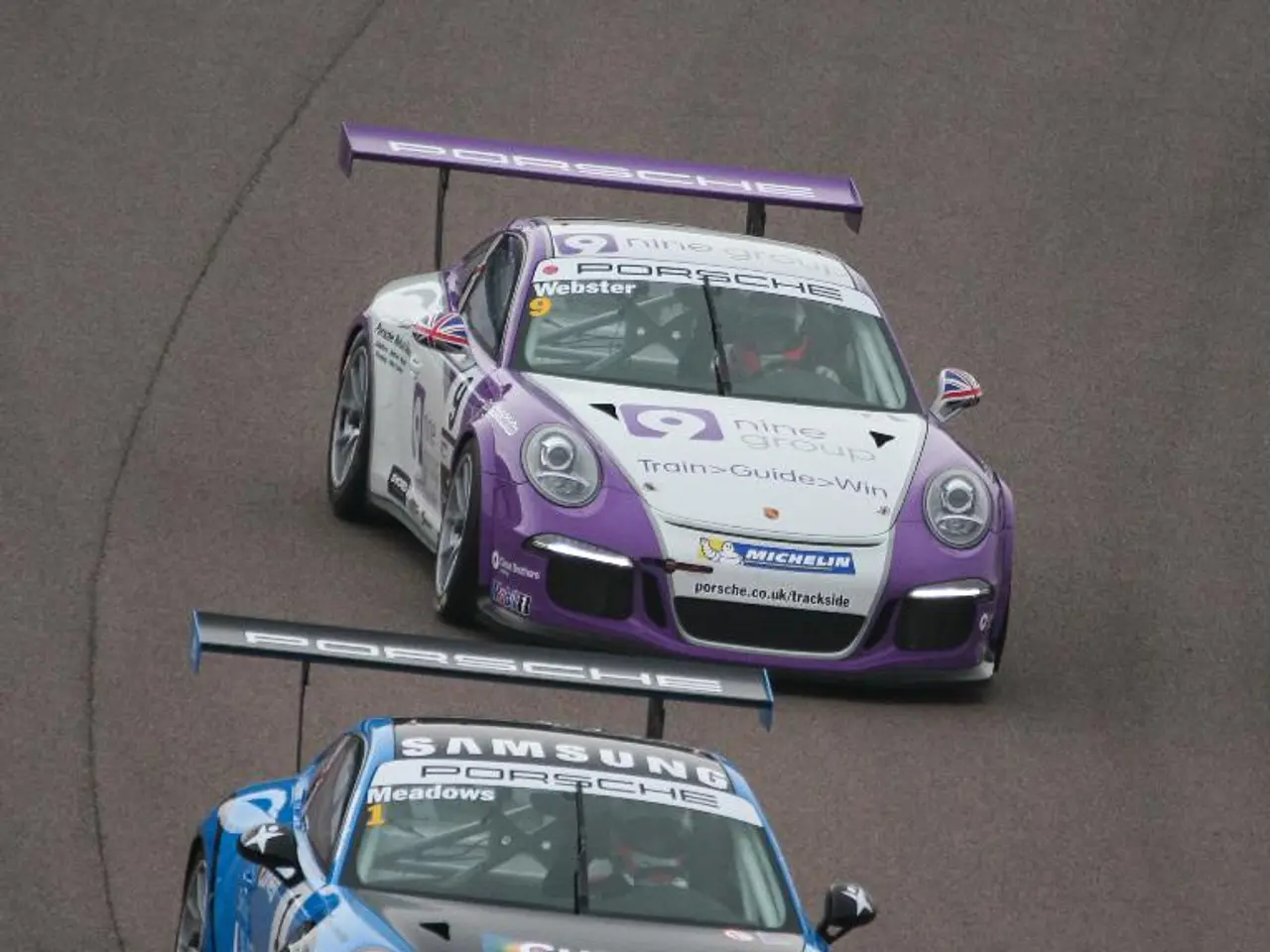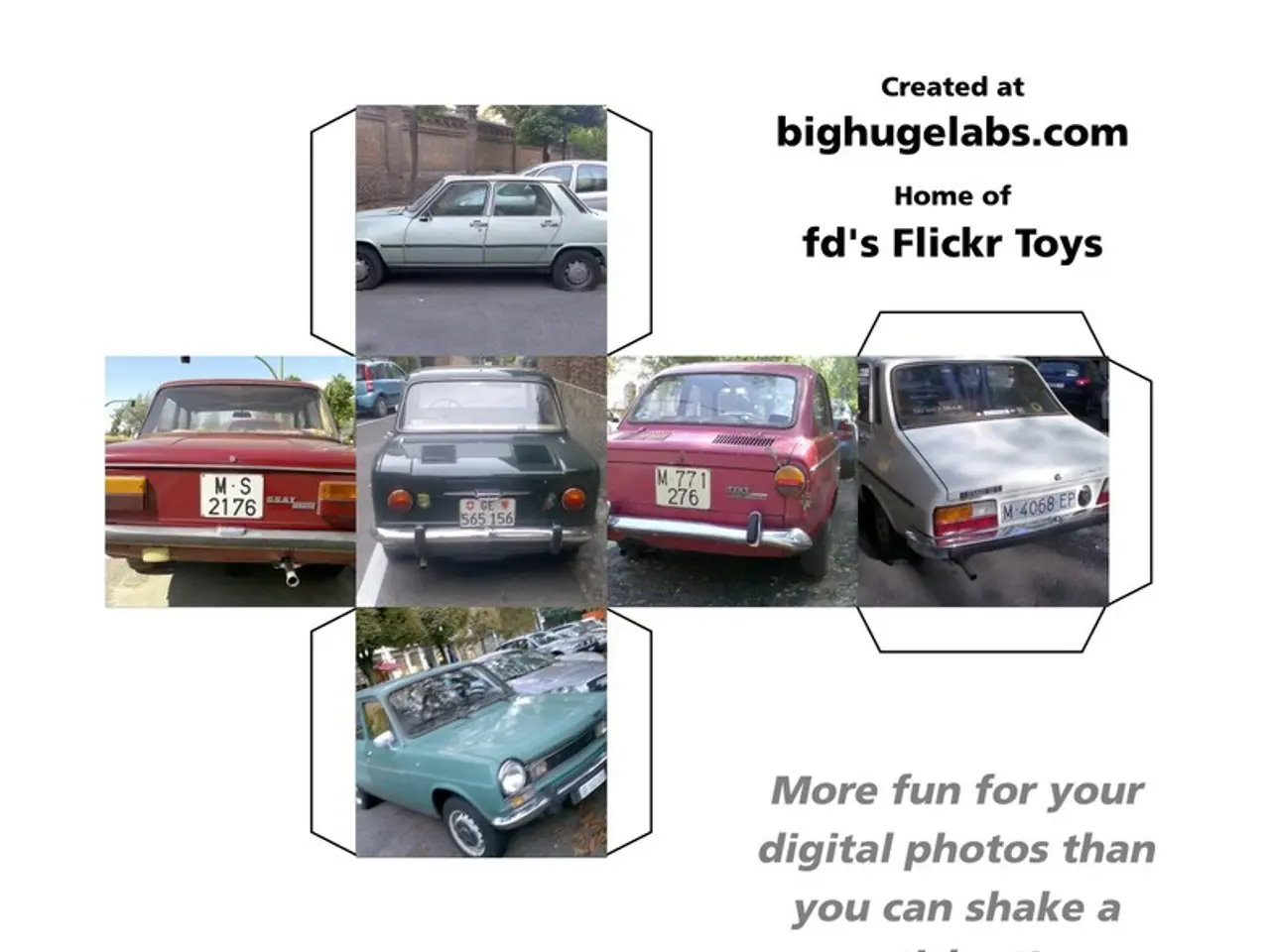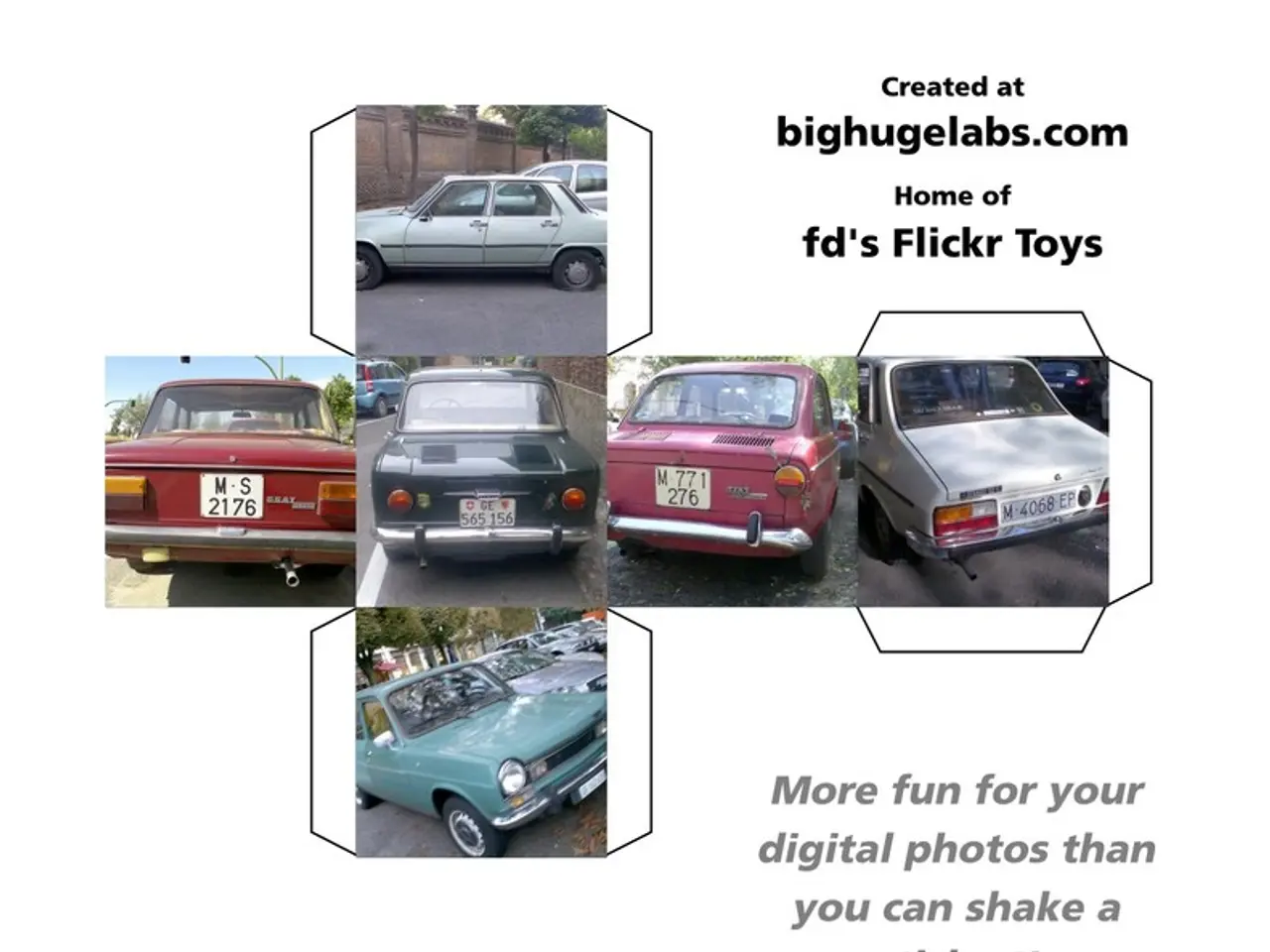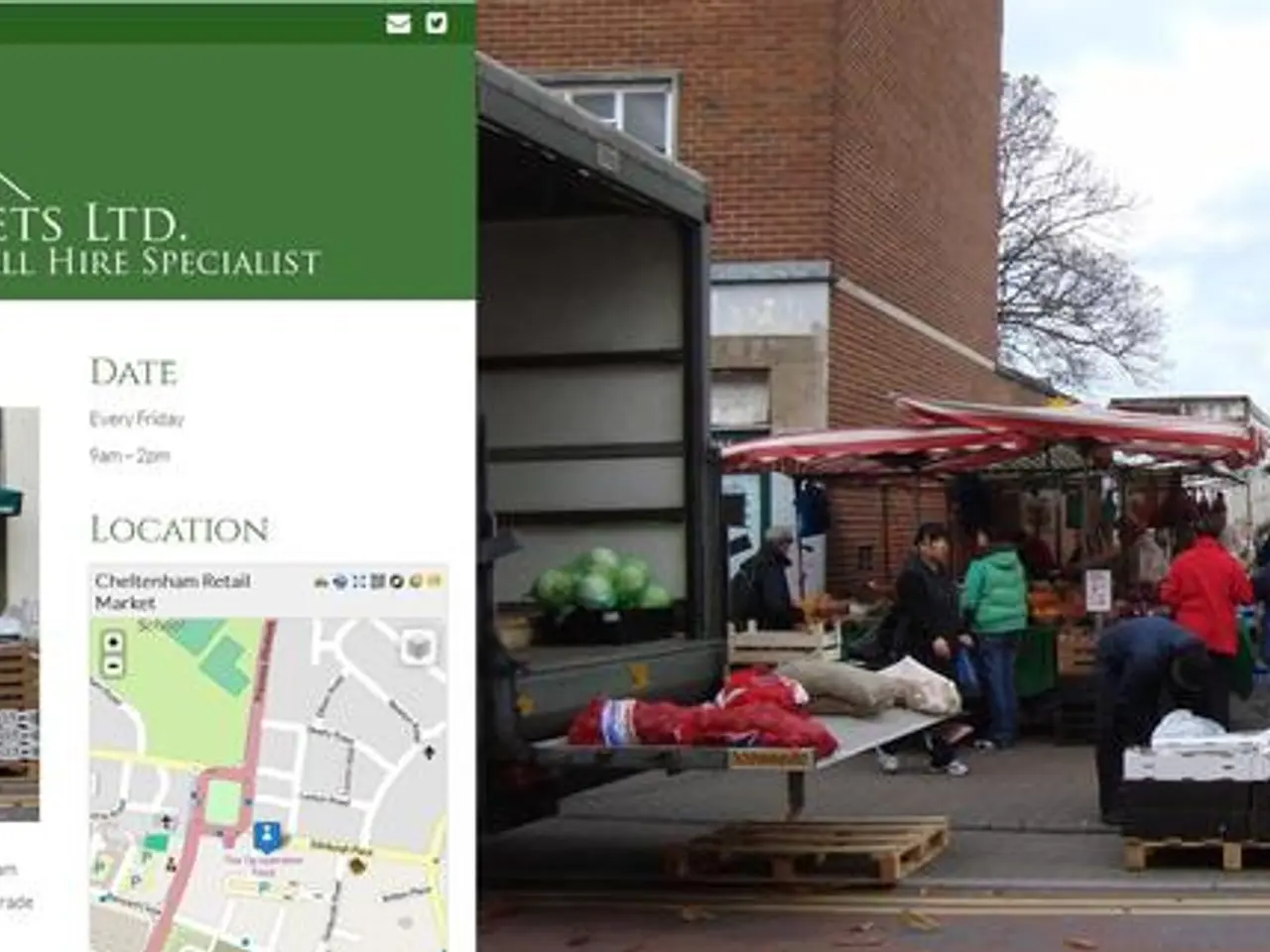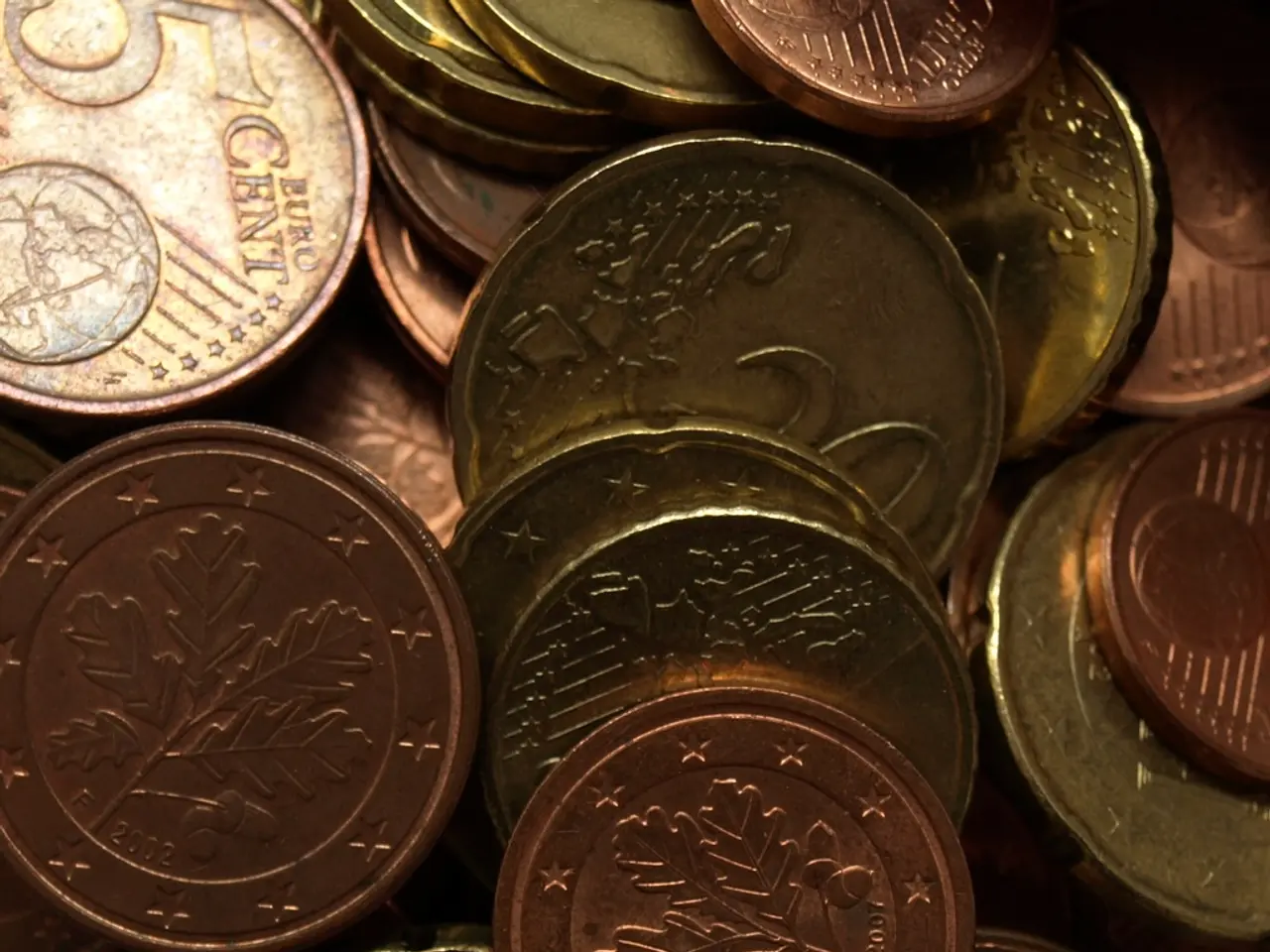Tesla Introduces Robotaxi Operations in the San Francisco Bay Region
Tesla Launches Robotaxi Service in San Francisco Bay Area
Tesla has officially launched its Robotaxi service in the San Francisco Bay Area, marking a significant step forward in the company's autonomous vehicle roadmap. The service, initially available to an Early Access group, commenced operation on July 3, 2025.
The service currently operates within a geofenced area covering South San Francisco, Berkeley, Hayward, Fremont, and much of San Jose. It is accessible via the Tesla Robotaxi app to invited participants. However, all robotaxis in this phase include a human safety driver on board, as Tesla has not yet obtained the necessary autonomous vehicle (AV) permits from California regulators to operate fully driverless or paid autonomous rides in public service.
Regulatory authorities, including the California Public Utilities Commission (CPUC) and the Department of Motor Vehicles (DMV), have confirmed that Tesla lacks the approval or appropriate permits to provide autonomous passenger service (paid or unpaid) in the Bay Area. Tesla holds a Charter Party Carrier (TCP) permit allowing operation of vehicles with human drivers for traditional charter services but does not have authorization to use autonomous vehicles for passenger service.
Tesla's cautious approach reflects both regulatory constraints and its focus on safety. The company is expected to gradually invite more users over time and pursue the necessary regulatory approvals to expand the service more broadly and introduce full autonomy. As of early August 2025, public deployment of fully autonomous, driverless Robotaxi rides in the SF Bay Area remains pending regulatory authorization.
The service area spans San Francisco, the Peninsula, Silicon Valley, San Jose, Los Altos, and Fremont. Tesla's Robotaxi service in California currently uses Model Y vehicles with a human safety driver. The company has also introduced dynamic pricing for Robotaxi rides, making the service more competitive with traditional ride-hailing apps. Shorter rides now cost less under the new pricing structure.
The Bay Area launch sets the stage for a potential major shift in Tesla's business ambitions for autonomy. Approval could arrive within the next month or two. Tesla's operational geofence in the Bay Area is significantly larger compared to Waymo's, with coverage extending beyond core areas like San Francisco and parts of the Peninsula.
Invites to the Bay Area service are now being sent out. The launch is part of a new Tesla Robotaxi app update (version 25.7.11). In the Austin pilot program, Tesla vehicles operate without a driver, and only a safety monitor sits in the passenger seat.
[1] Tesla Launches Robotaxi Service in San Francisco Bay Area, TechCrunch, July 3, 2025. [2] Tesla's Robotaxi Service in San Francisco Bay Area Lacks Regulatory Approval, The Verge, July 5, 2025. [3] Tesla's Cautious Approach to Robotaxi Service Reflects Regulatory Constraints and Focus on Safety, CNBC, July 10, 2025. [4] Tesla's Robotaxi Service in the Bay Area: What You Need to Know, Ars Technica, August 3, 2025.
- The Robotaxi service launched by Tesla in the San Francisco Bay Area operates within a geofenced area using Model Y vehicles, and although it includes a human safety driver, the company hopes to obtain the necessary regulatory approvals to operate the service more broadly and introduce full autonomy.
- Tesla's Robotaxi service, initially available only to an Early Access group, is the latest development in the tech giant's autonomous vehicle roadmap, but its operation in the San Francisco Bay Area is currently limited, as regulatory authorities have not yet granted Tesla the permits required for fully driverless or paid autonomous rides in public service.
